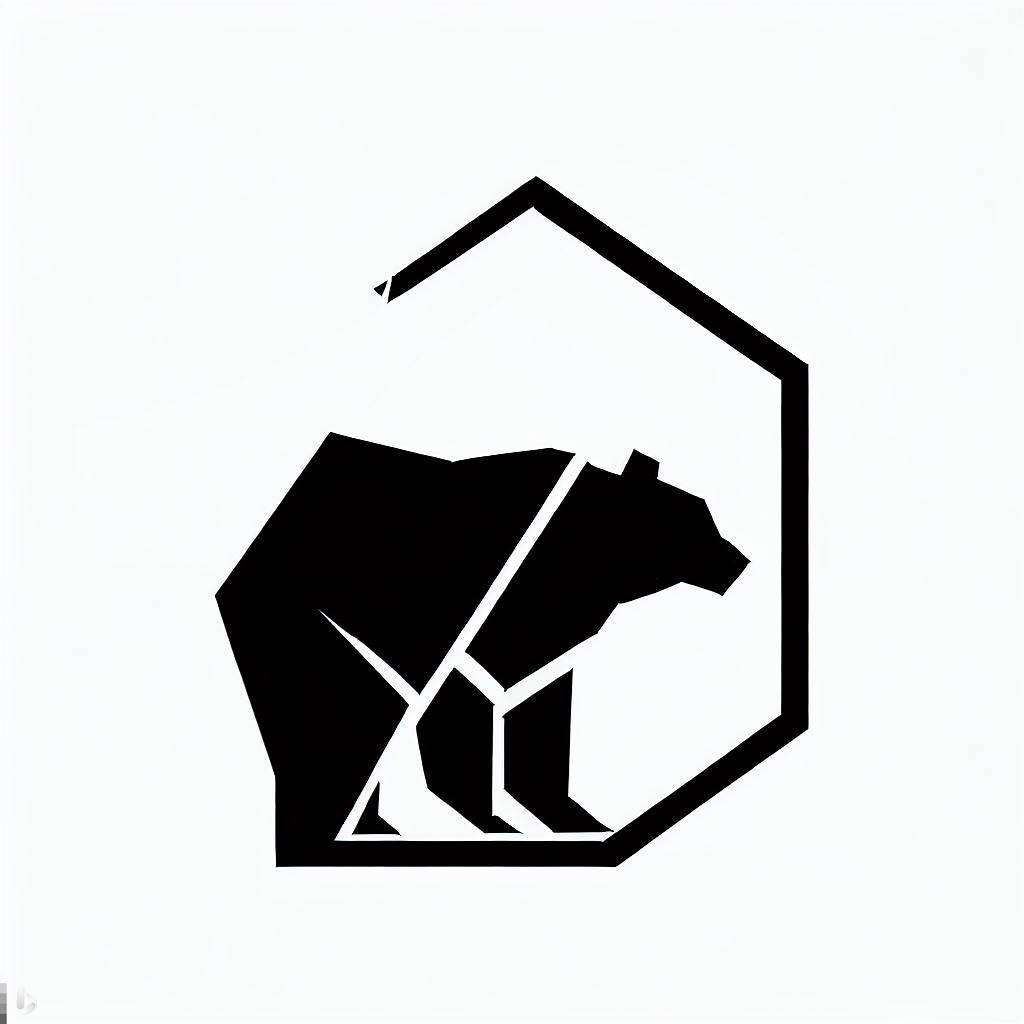
Are you looking for a design style that can capture attention, evoke emotions, and convey messages through shapes, form, and visual abstraction? Look no further than geometric and abstract design. This captivating and versatile approach celebrates the power of geometry and non-representational elements to create striking and dynamic compositions that leave a lasting impression on viewers. In this article, we will explore the essence, principles, creative applications, and benefits of geometric and abstract design, providing you with the tools and inspiration to unleash your creativity and express yourself through shape and form.
Understanding Geometric and Abstract Design
Geometric design involves the precise use of shapes, such as squares, triangles, circles, and polygons, to create visually stunning compositions that emphasize simplicity and clarity. Abstract design, on the other hand, embraces non-representational and non-literal elements, focusing on colors, textures, patterns, and forms to evoke emotions and convey messages. Geometric and abstract design often intersect, with abstract elements incorporating geometric shapes or patterns to create dynamic and harmonious compositions.
Principles of Geometric and Abstract Design
To create effective and visually appealing designs using geometric and abstract principles, it is important to understand the following principles:
Simplification
Geometric and abstract design emphasizes simplification by reducing complex forms and concepts into their essential elements. This means removing unnecessary details and focusing on the fundamental shapes and patterns to achieve clarity and impact.
Bold Lines and Shapes
Strong, clean lines and well-defined geometric shapes form the backbone of this design style, creating visual impact and clarity. By using bold lines and shapes, designers can create dynamic and attention-grabbing compositions that communicate their message effectively.
Contrast
Contrasting elements, such as color, shape, size, or texture, are used to create visual interest and dynamic compositions. By using contrast, designers can highlight important elements, create depth and dimensionality, and evoke emotions in the viewer.
Balance
Achieving visual balance through the careful arrangement of shapes and negative space helps create harmony within geometric and abstract designs. By balancing positive and negative space, designers can create a sense of order and stability while maintaining visual interest and impact.
Repetition and Patterns
Repeating elements or patterns can add rhythm, structure, and continuity to the design, enhancing its visual appeal. By using repetition and patterns, designers can create a sense of unity and coherence within the composition while emphasizing the fundamental shapes and forms.
Creative Applications of Geometric and Abstract Design
Geometric and abstract design can be applied in various creative fields, including:
Graphic Design
Geometric and abstract design are frequently used in graphic design to create logos, posters, packaging, and digital graphics that catch the eye and communicate messages through visual impact. By using bold lines, shapes, and colors, designers can create memorable and effective designs that stand out from the crowd.
Architecture
This design style is often applied in modern architecture, with geometric forms and abstract shapes defining the structure and aesthetics of buildings. By using unconventional shapes and forms, architects can create unique and visually striking buildings that capture the imagination of the viewers.
Interior Design
Geometric and abstract patterns, shapes, and furniture design elements can add a contemporary and artistic touch to interior spaces. By using bold and unconventional design elements, interior designers can create visually stunning and memorable spaces that reflect the personality and style of their clients.
Fashion and Textile Design
Geometric and abstract patterns find their way into fabric design, fashion accessories, and textile prints, creating visually captivating and unique garments. By using geometric and abstract patterns, fashion designers can create eye-catching and innovative designs that stand out from the crowd.
Fine Art
Artists often explore geometric and abstract concepts in paintings, sculptures, and mixed media art, allowing for self-expression and experimentation with form and color. By using geometric and abstract elements, artists can create dynamic and thought-provoking works of art that inspire and engage the viewer.
Benefits of Geometric and Abstract Design
Geometric and abstract design offers several benefits, including:
Visual Impact
The bold and striking nature of geometric and abstract design grabs attention and leaves a lasting impression on viewers. By using strong lines, shapes, and colors, designers can create designs that are memorable and effective in conveying their message.
Versatility
This design style can be adapted to various industries and creative fields, offering a wide range of possibilities for expression and application. By using geometric and abstract principles, designers can create designs that are relevant and effective in various contexts, from advertising to architecture.
Expression of Ideas and Emotions
Abstract and geometric forms provide a platform for artists and designers to express complex ideas, emotions, or narratives in a non-literal and visually captivating manner. By using geometry and abstraction, designers can create designs that communicate on a deeper level and connect with the viewer emotionally.
Contemporary and Timeless Appeal
Geometric and abstract design, with its focus on simplicity and fundamental shapes, often transcends trends, making it a timeless choice for those seeking a modern aesthetic. By using geometric and abstract design principles, designers can create designs that are both contemporary and timeless, providing a lasting impact on the viewer.
Conclusion
Geometric and abstract design offers endless possibilities for expression and creativity, enabling designers and artists to communicate messages, evoke emotions, and captivate viewers through shape and form. By embracing the principles of simplification, boldness, contrast, balance, and pattern, and by exploring the various creative applications and benefits of this design style, you can unleash your creativity and create designs that leave a lasting impression and ignite the imagination of all who encounter them.
